Collaborations
Domus Romana
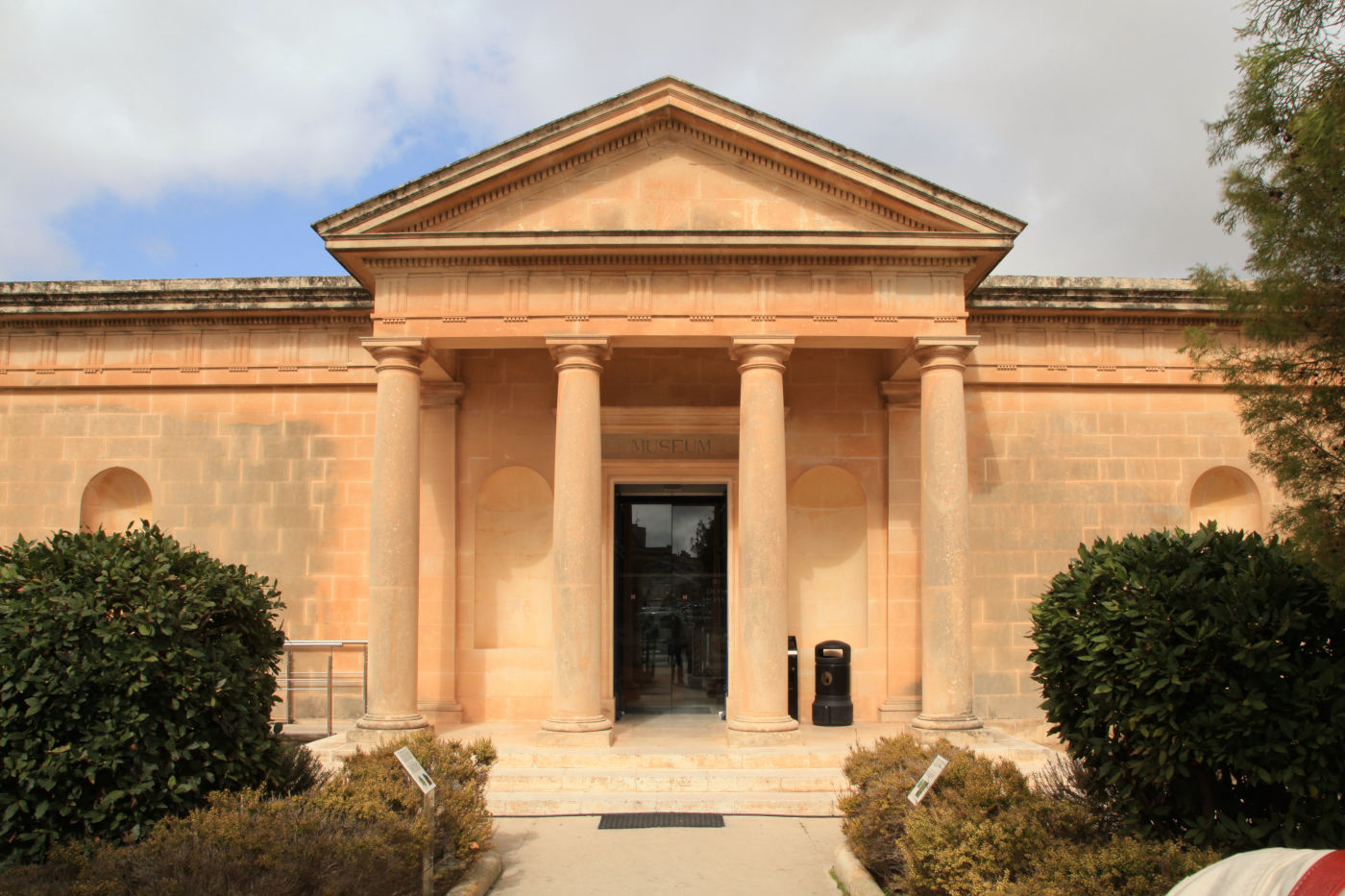
In 2019, a selection of 128 archaeological artefacts from the Museum of the Domvs Romana Museum at Rabat, were digitized by a team of University of South Florida's Institute for Digital Exploration (IDEx) using digital photogrammetry and structured light 3D scanning. The scope of the project was to use 3D visualizaton for the study of the artefacts and for public outreach purposes.
The Collection
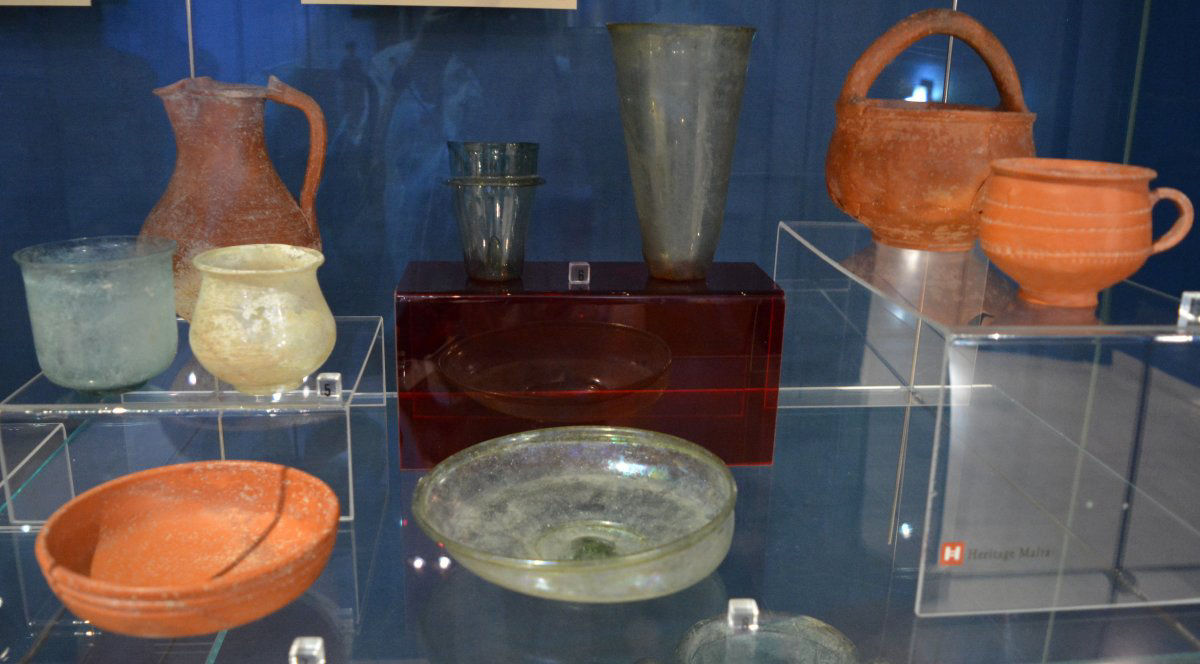
The Domus Romana museum contains 332 objects ranging primarily from the Punic to Roman period (Figures 25 and 26), with a small selection of medieval materials related to the Islamic period of Malta. The 128 artefacts selected for digitization were split into different material classes. The Roman pieces include, 7 bone objects, 2 ceramic moulds, 6 mosaics/emblemata, 3 metal items, 3 coroplastics, 6 elements of fresco, 9 stone items, 11 elements of statuary, and 48 ceramic objects. In addition 33 Medieval gravestones from the Islamic cemetery set on the ruins of the Domvs in later times.
Virtualization and Data Curation
Based on the wide variety of material culture that was to be scanned, it was decided to use two forms of 3D scanning: structured light 3D scanning and image-based structure from motion – also known as digital photogrammetry. Digital photogrammetry has long been a popular method of digitization in cultural heritage application due to its relatively low costs and potentially very high-quality results. During the virtualization process, there were a handful of common technical challenges. As both the structured light scanning and photogrammetry collect texture data, lighting is of utmost importance.
Global Digital Dissemination
The 3D models of all the 128 archaeological artifacts from the Domvs Romana Museum were initially disseminated online on the USF IDEx Sketchfab page and received with great enthusiam by scholars and general public.
More recently the current ad hoc web platform housed on a USF server and maintaned by USF IT has been launched in order to disseminate the metadata in a more user friendly interface. 3D printing has been also employed to create a physical replica of the entire collection for school outreach an community outreach purposes.
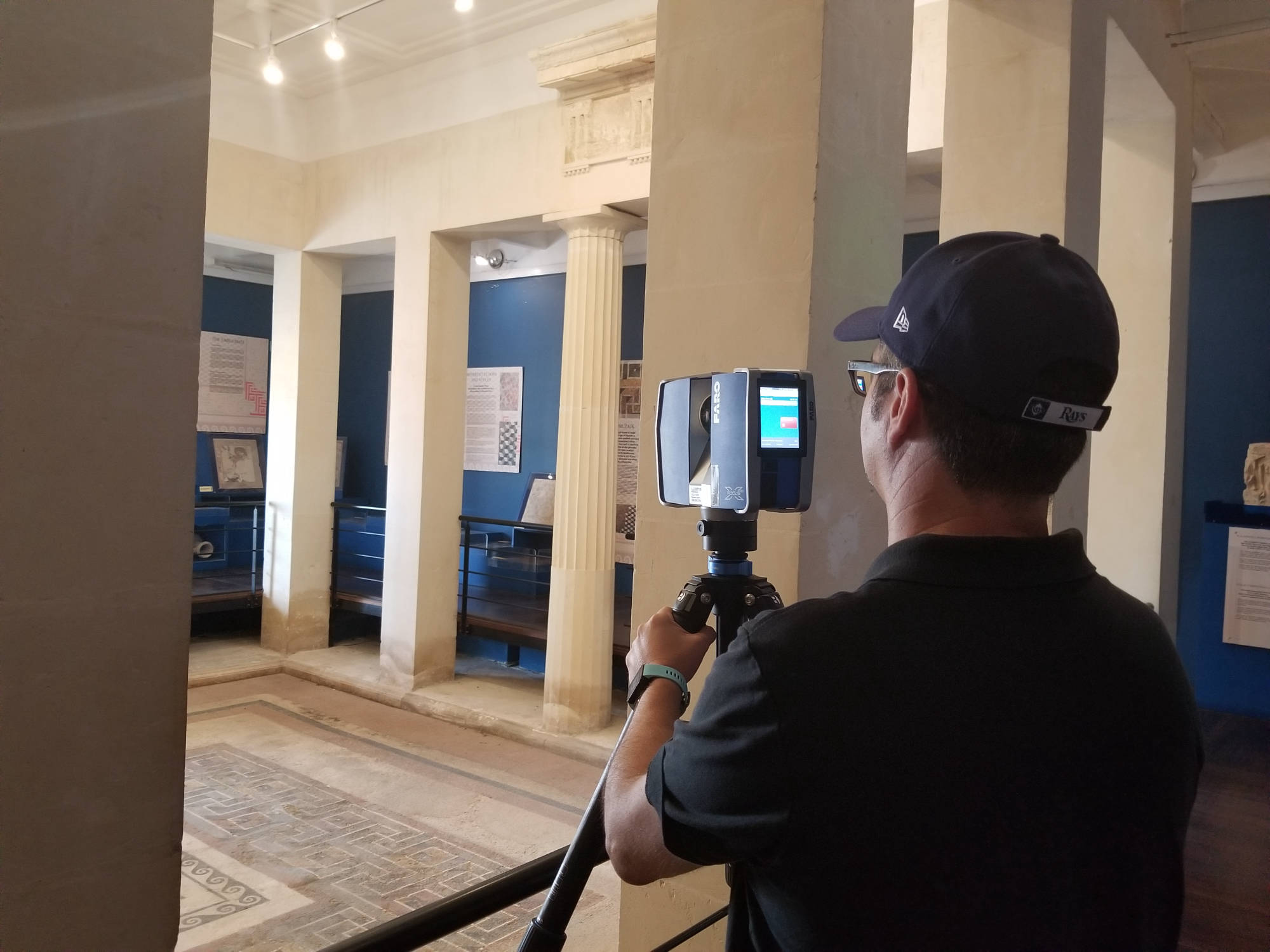
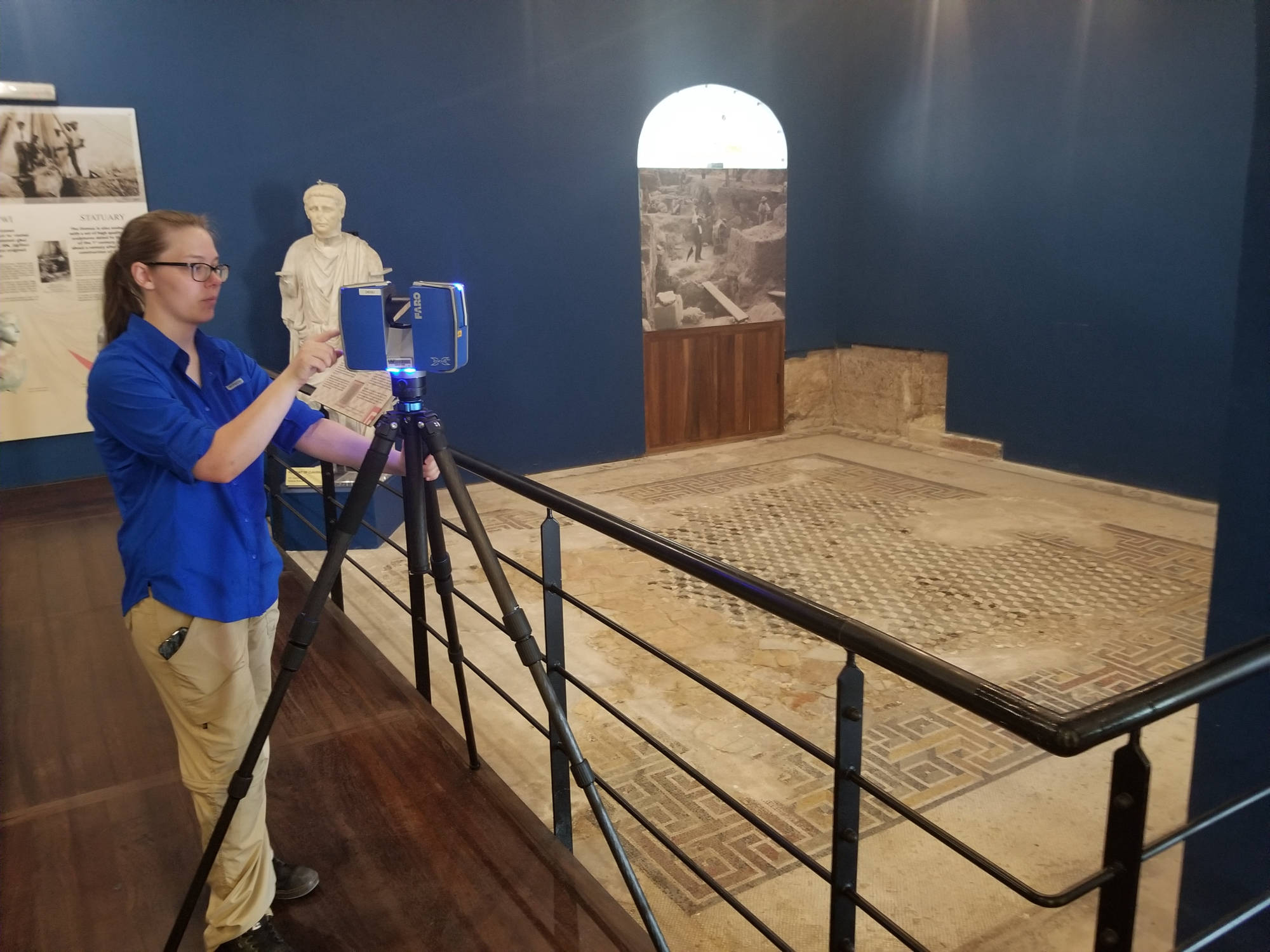
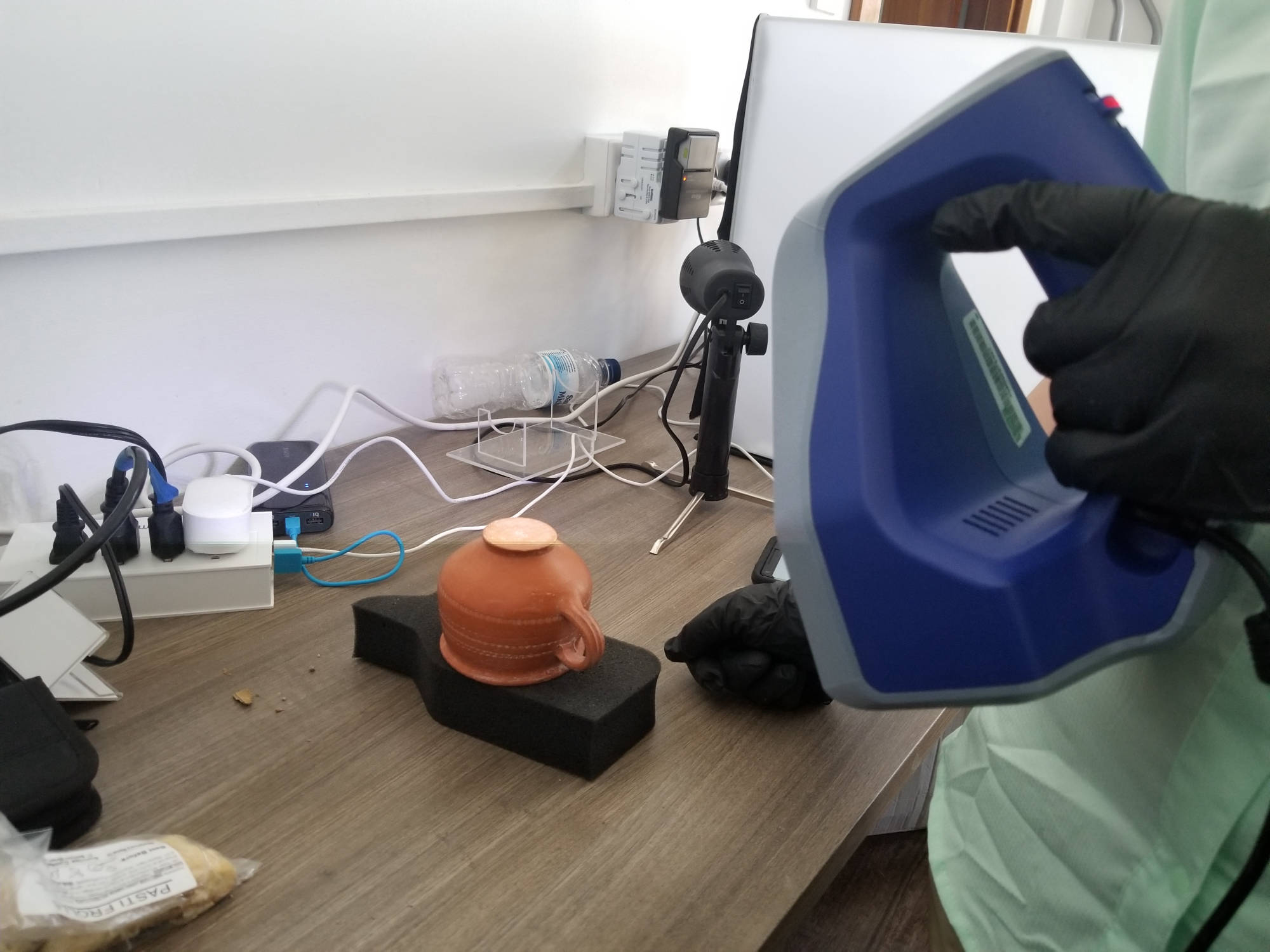
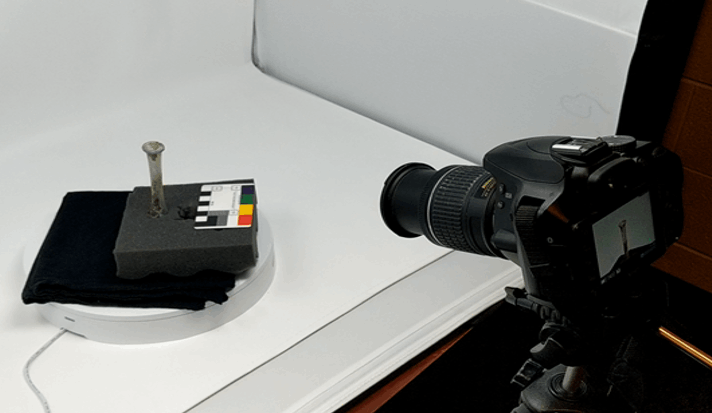
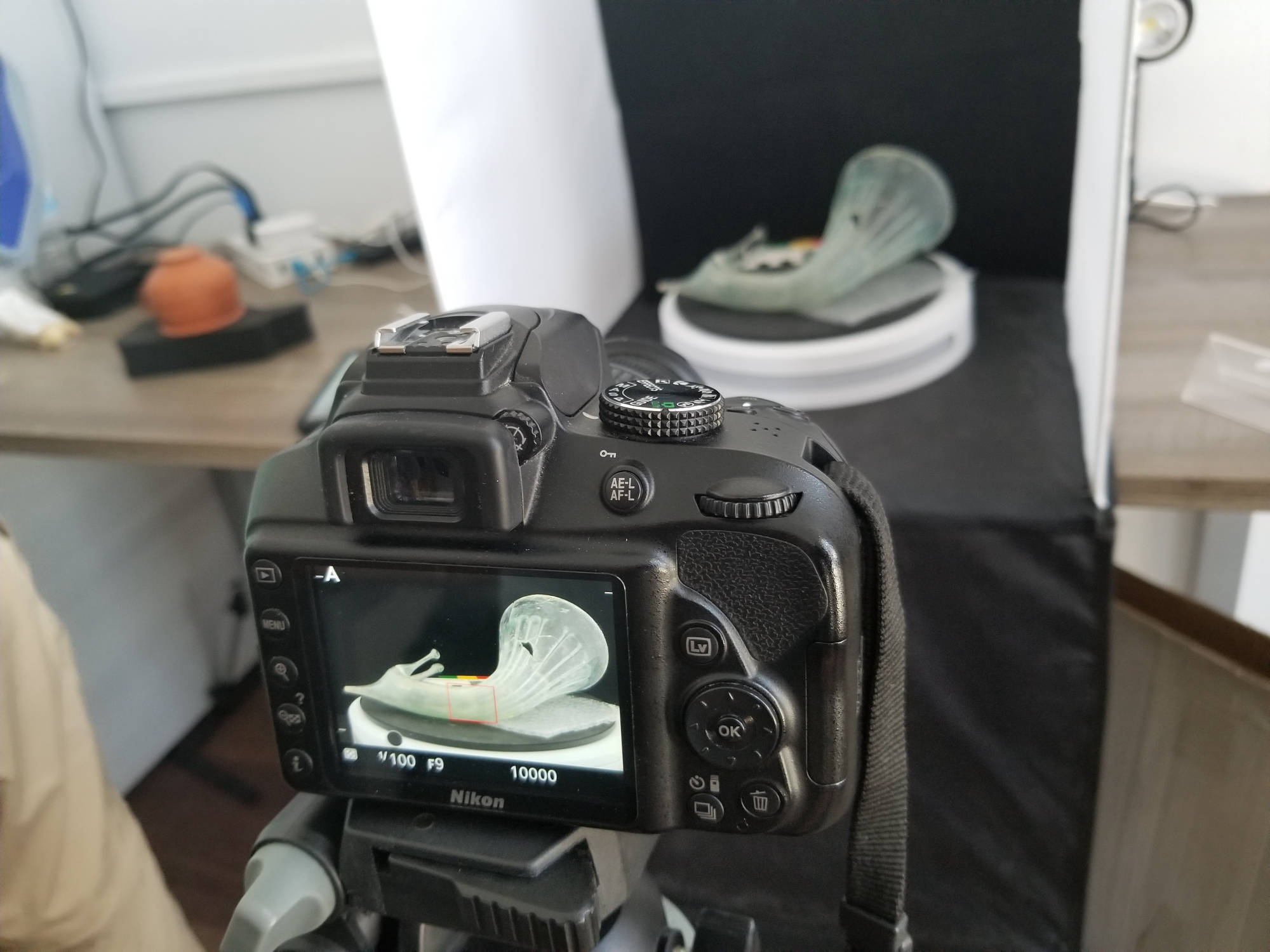
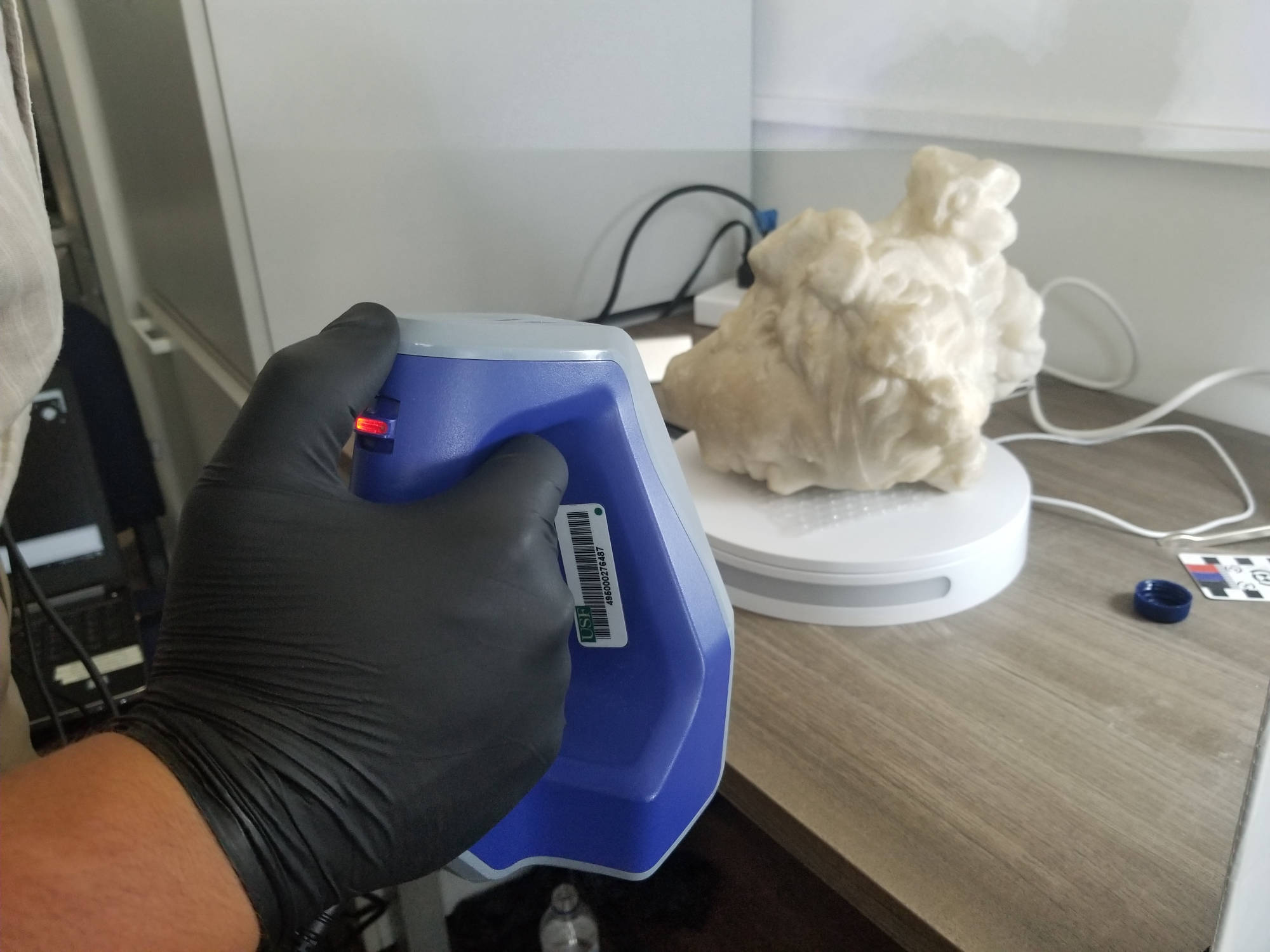
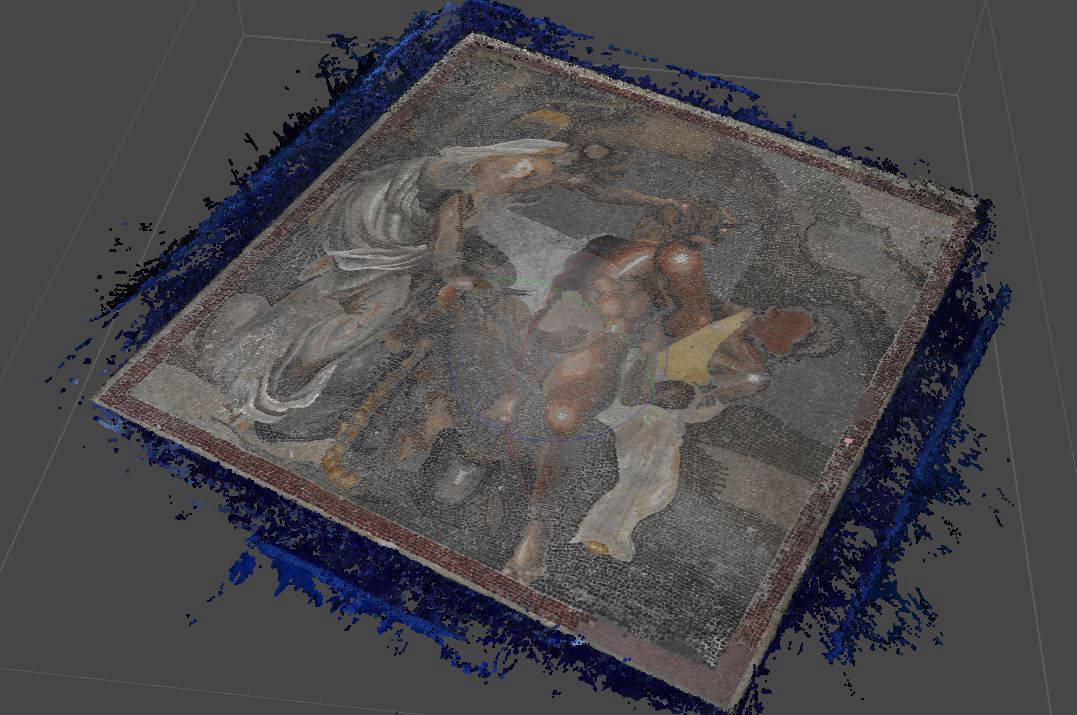
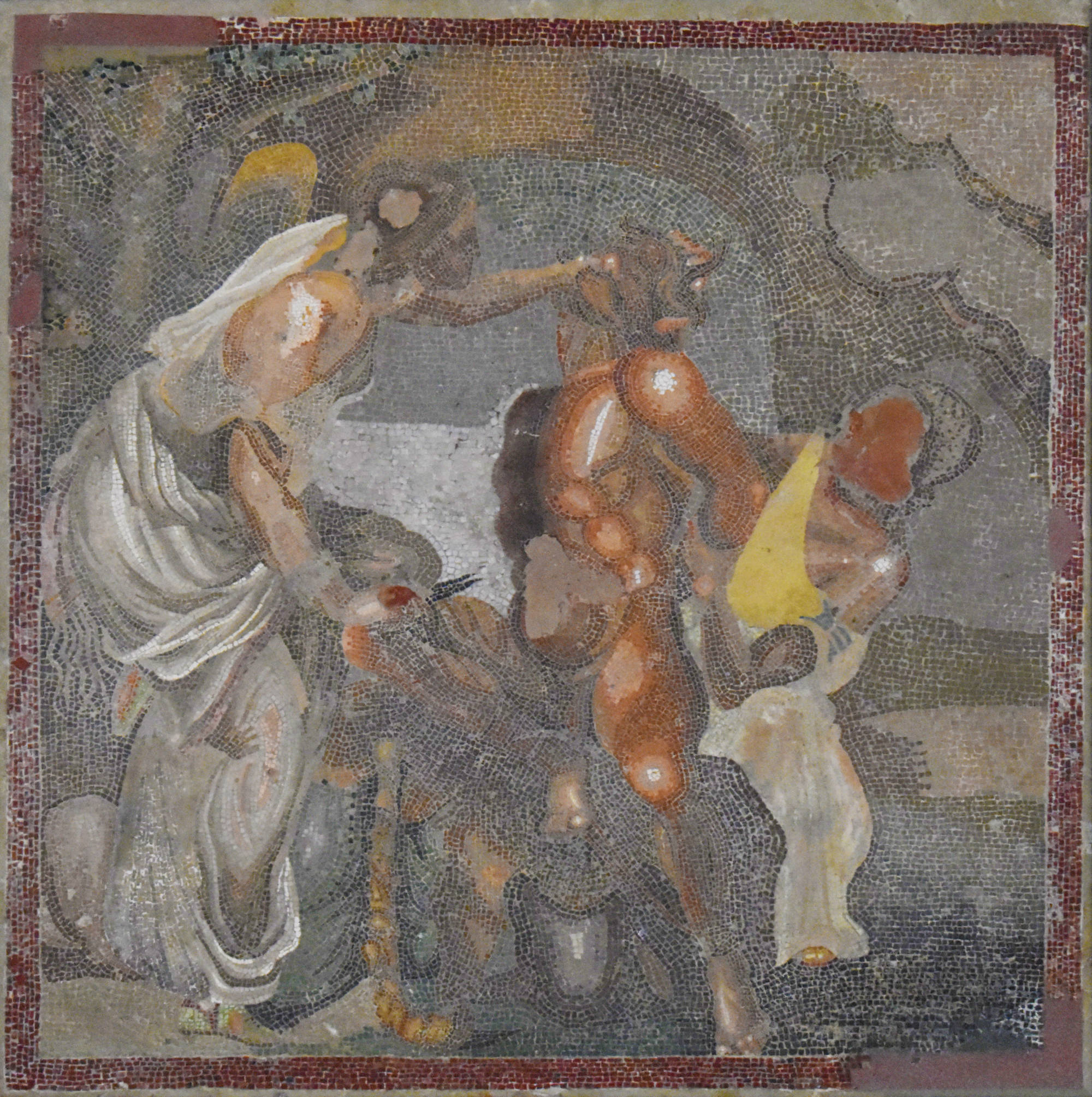
Digital Photogrammetry
Structured light 3D scanning
Further Reading
D. Tanasi, S. Hassam, K. Kingsland, P. Trapani, M. King, D. Cali 2021, Melite Civitas Romana in 3D: Virtualization Project of the Archaeological Park and Museum of the Domus Romana of Rabat, Malta, in D. Tanasi, D. Cardona, R. Brown (eds), At the Crossroads of the Mediterranean: Malta and the Central Mediterranean during the Roman Empire, Open Archaeology 7.1 (special issue), De Gruyter Open Access, pp. 51-83.